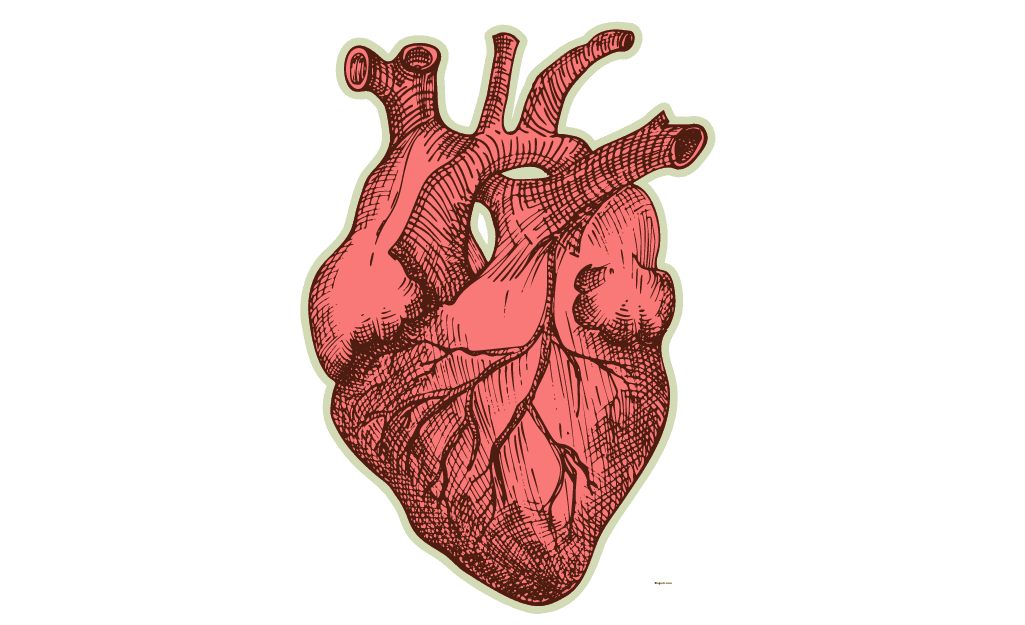Postural orthostatic tachycardia syndrome (POTS) can be debilitating, causing dizziness and fatigue, and is often misdiagnosed. Experts highlight that it is more prevalent in women.
Contents
Hailey Hudson’s Journey with POTS
In 2014, Hailey Hudson was a healthy, active 16-year-old, despite having Ehlers-Danlos syndrome (EDS), which caused joint hypermobility. She regularly worked out and played competitive softball. However, after surgery related to her condition, her health took a turn. “I was running the bases and couldn’t breathe. It felt like my throat was closing up. I was dizzy and had spots in my vision,” she recalls. Her symptoms worsened, leading to intense fatigue.
Initially misdiagnosed with anemia, asthma, chronic fatigue, fibromyalgia, and anxiety, Hudson later discovered she had POTS—a blood circulation disorder affecting heart rate during position changes, such as standing up. POTS primarily affects women between the ages of 15 and 50.
Rising Cases of POTS
POTS is not rare; about 1 to 3 million people in the US had it in 2019, and numbers seem to be rising, though exact figures are elusive. The cause remains unknown, but it often appears after major health events like surgery, pregnancy, puberty, or infections. The COVID-19 pandemic has also contributed to an increase in cases.
“We have seen a huge uptick in people with this disorder, mostly women,” says Robert Wilson, DO, a neurologist at the Cleveland Clinic’s POTS division.
While POTS has no cure, a combination of lifestyle modifications and medications can help manage symptoms. However, it is often mistaken for other issues by healthcare professionals. Here’s what you need to know about POTS, including symptoms and when to seek help.
What is POTS?
POTS stands for postural orthostatic tachycardia syndrome. It affects vascular tone, the ability of arteries to contract properly, leading to poor blood flow maintenance. “These people really cannot maintain blood flow,” says Dr. Wilson. Nikki Bart, MD, PhD, a cardiologist at St. Vincent’s Hospital Sydney, explains that POTS disrupts autonomic functions like heart rate, blood pressure, and body temperature.
When standing, gravity pulls blood to the legs, and the nervous system usually corrects this by pumping blood back to the head. With POTS, this doesn’t happen effectively, leading to lightheadedness, dizziness, or palpitations due to insufficient blood flow to the brain.
Symptoms of POTS
POTS manifests subtly, often masquerading as other conditions. For Hudson, it took six years to receive a correct diagnosis. Common symptoms include:
- Dizziness or Fainting: Standing up or maintaining a posture for too long can cause dizziness or fainting. These sensations typically subside when lying down.
- Sleep Problems: POTS can lead to insomnia, sleep disturbances, and daytime sleepiness.
- Fatigue and Brain Fog: Persistent fatigue affects daily functioning, and brain fog hampers information processing. This symptom is often overlooked by healthcare providers.
- Racing Heart or Shortness of Breath: Blood pooling in the legs forces the heart to work harder, increasing heart rate significantly when standing. This can cause palpitations, especially at night.
- Feeling Anxious: POTS is frequently misdiagnosed as anxiety due to symptoms like a racing heartbeat and fatigue, which mimic anxiety.
- Other Symptoms: Increased sweating, digestive issues, skin discoloration, and sensitivity to heat and exercise difficulty.
Diagnosing POTS
Diagnosing POTS can be challenging. Since it isn’t life-threatening, doctors often rule out other conditions first. Tests for heart disturbances and a tilt-table test, where heart rate and blood pressure are measured while changing positions, can help diagnose POTS. Abnormal readings or worsening symptoms during these tests indicate POTS. Additional tests may confirm the diagnosis.
POTS has been linked to autoimmune conditions like Sjögren’s syndrome and connective tissue disorders like EDS. Up to 70% of people with hypermobility or EDS may develop POTS. Hormonal changes during pregnancy, perimenopause, and menopause can also affect the autonomic nervous system and cardiovascular system, contributing to POTS. Symptoms may worsen around menstruation.
Managing POTS
POTS can be managed with lifestyle changes and medications:
- Exercise: Strength-building exercises, particularly for the core and legs, help improve blood circulation. Reclined aerobic exercises like swimming, rowing, or cycling are recommended. Physical therapy is a viable alternative for those who find these activities too challenging.
- Diet: Increasing sodium intake and staying hydrated (2 to 2.5 liters of water daily) can help manage POTS. Avoiding alcohol and caffeine is also advisable.
- Sleep Adjustments: Elevating the head of the bed by 6 to 10 inches and maintaining a cool sleeping environment can alleviate symptoms.
- Medications: Doctors may prescribe medications like fludrocortisone (to retain salt), pyridostigmine, beta-blockers (to manage heart rate), and midodrine (to tighten blood vessels).
Living with POTS
Hailey Hudson, now 25, no longer plays softball and remains active primarily through physical therapy. Despite medications and lifestyle changes, POTS still impacts her daily life. However, her symptoms have become more manageable thanks to increased awareness and understanding of the condition among healthcare providers and the media. This improved awareness leads to better treatment and recognition of the condition’s serious impact on quality of life.
Dr. Bart and Dr. Wilson emphasize the importance of recognizing POTS as a significant health issue. “Instead of being a diagnosis of exclusion, POTS should be an inclusion. This should be top priority,” says Dr. Wilson.
Understanding POTS and its symptoms is crucial for timely diagnosis and effective management, helping those affected lead more manageable lives.
Must Read
- 13 Foods That Promote Mental Clarity in 2024
- The Power of Self-Compassion: Learning to Love Yourself in 2024
- How to Practice Mindfulness Anywhere in 2024
- Coping with Stress: Practical Tips for Daily Life in 2024
- Overcoming Panic Attacks: Strategies That Work
- Understanding Depression: Causes, Symptoms, and Treatments in 2024
- 7 Effective Ways to Boost Your Mood Instantly
- The Ultimate Guide to Managing Anxiety Naturally in 2024
- How to Reduce Mental Stress at Home in 2024: A Comprehensive Guide
- 10 Essential Facts about Body Dysmorphic Disorder in 2024
- Breaking the Stigma: Mental Health Awareness in 2024
- birds flu: who gets it, how can it spread, and how can we avoid it?
- Building Resilience: How to Bounce Back from Adversity in 2024
- Strategies for Better Sleep: Improving Your Sleep Hygiene in 2024
- Coping with Grief and Loss: Finding Solace in 2024
- Coping Strategies for Managing Anger in 2024
- 10 Surprising Health Benefits of Everyday Foods
- The Truth About Carbohydrates: Myths vs. Facts in 2024
- The Ultimate Guide to Natural Remedies for Common Ailments
- Effective Communication Skills: Enhancing Relationships
- The Art of Relaxation: Unwinding After a Busy Day

